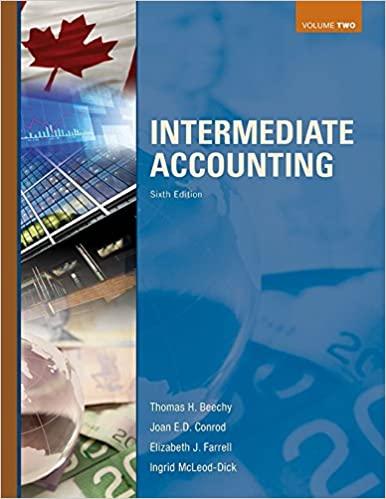Question
The LVC, is dedicated to the manufacture of 2 Products: A and B. Product A has little added value despite having a lot of demand
The LVC, is dedicated to the manufacture of 2 Products: A and B.
Product A has little added value despite having a lot of demand in the market; while Product B has a high added value but with a lower demand.
Each product is manufactured in independent business units.
Product A can be used as a direct material for the manufacture of Product B, although until now, there have been no commercial relations between the two internal business units.
Production is equal to Sales, with 5 000 units produced of Product A and 2 000 units of Product B.
To produce one unit of Product B, one unit of direct material is required of Product A.
The business unit that manufactures product A is using 100% of its normal production capacity.
In annual terms, the consolidated results for this year are estimated at 60 000, as shown in the following table:
Product A | Product B | Total | |
Sales | 500 000 | 700 000 | 1 200 000 |
Cost of Sales | 375 000 | 400 000 | 575 000 |
Gross Margin | 125 000 | 300 000 | 625 000 |
Non- Manufacturing Variable Costs | 25 000 | 40 000 | 265 000 |
Contribution Margin | 100 000 | 260 000 | 360 000 |
Under-recovery of Overheads | 200 000 | ||
Non- Manufacturing Fixed Costs | 100 000 | ||
Operating Profit | 60 000 |
- Calculate the break-even point in units for Product A and B, knowing that the sales structure is maintained.
2. The external demand for Product A is 5000 units and the Variable Non-Manufacturing Costs refer to transportation costs to the External Customer.
The General Manager of the Company said that the company should decrease the sales of 2000 units for the external market and sell internally, because this allows the company to increase the operating profit to 85000, instead of 60000.
Do you agree with the General Manager? Explain your answer and support your argument with calculations.
3. It is possible to increase the production capacity of the business unit that manufactures Product A by 2000 units with a more sophisticated technology. This technology requires an increase in fixed manufacturing costs of 30000, but allows reducing the unit manufacturing variable costs of the total production by 5 each. This means that the unit manufacturing variable cost will be 70 if the technology is implemented.
In this scenario, do you agree that the General Manager should go ahead with the investment in the new technology? Support your answer with calculations.
Step by Step Solution
There are 3 Steps involved in it
Step: 1

Get Instant Access to Expert-Tailored Solutions
See step-by-step solutions with expert insights and AI powered tools for academic success
Step: 2

Step: 3

Ace Your Homework with AI
Get the answers you need in no time with our AI-driven, step-by-step assistance
Get Started


